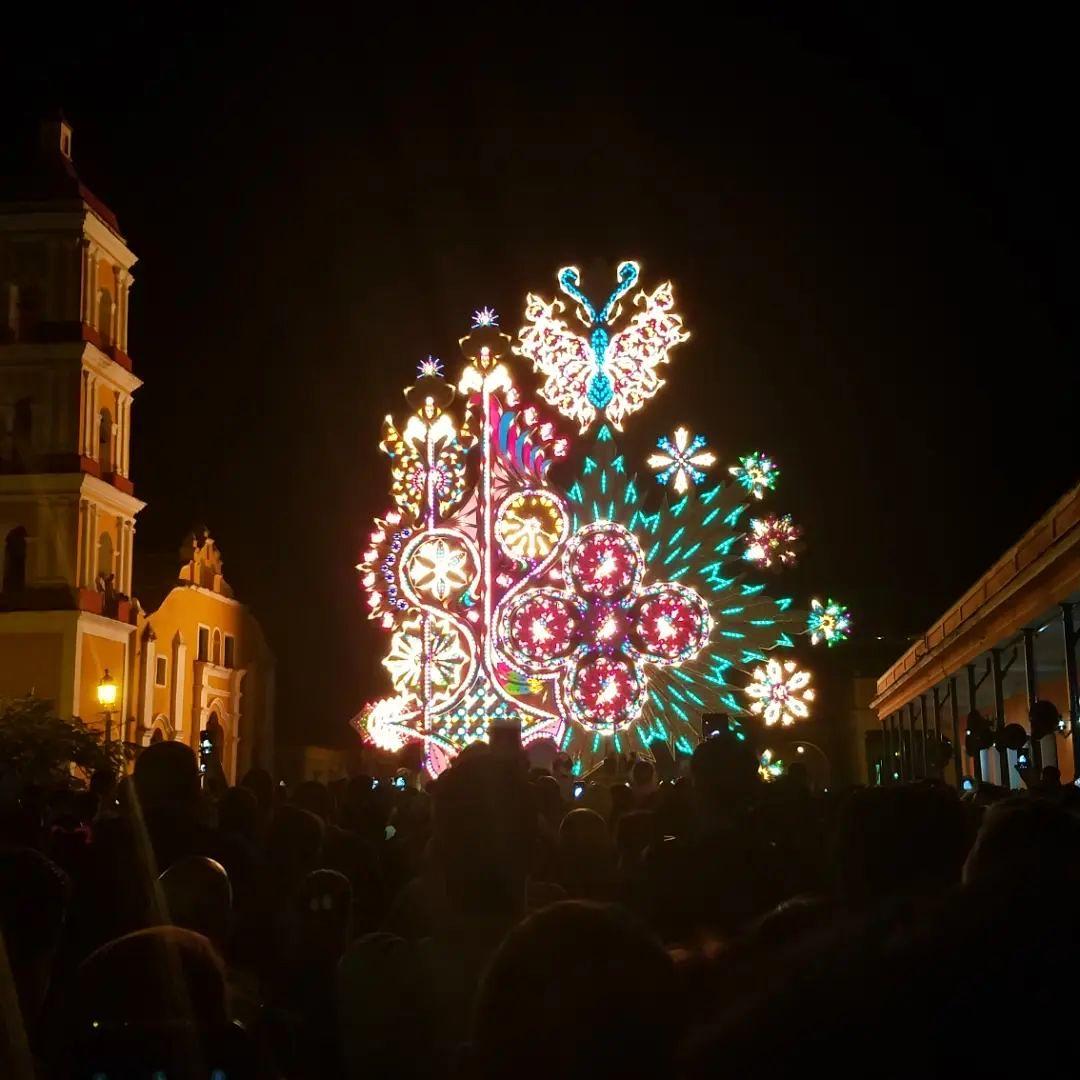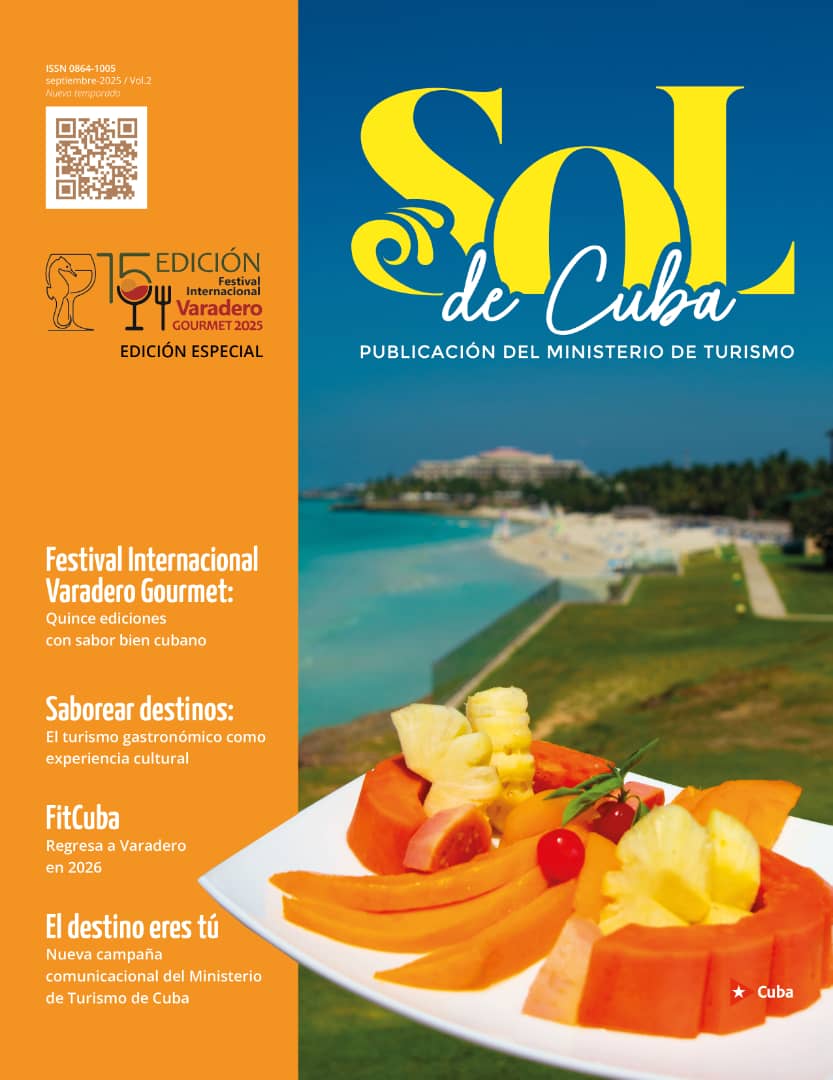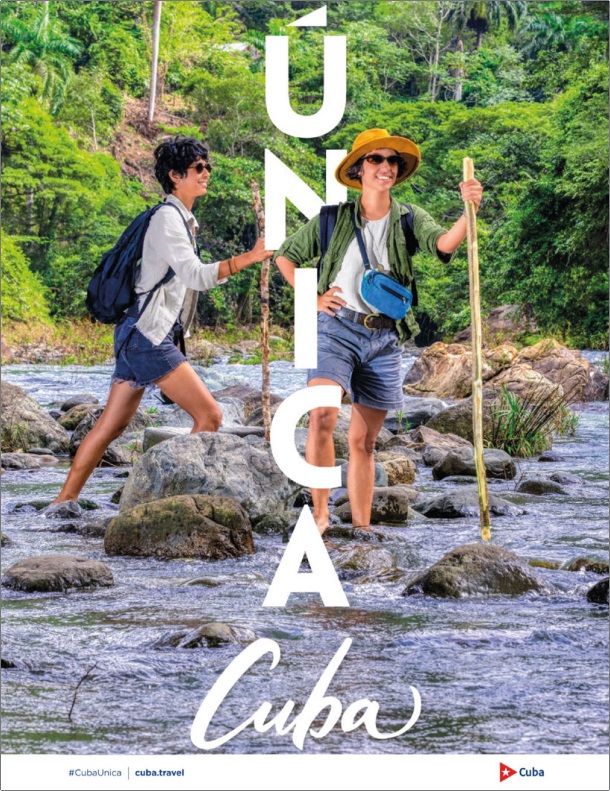Eight historical Cuban cities you should visit
A tour of the first villas founded by Spanish colonizers in Cuba can be a great experience
Posted by Sol de Cuba, 05/08/2025
Exploring Cuba is a great adventure, especially when, on thinking about where to start, the traveler chooses some of the oldest cities in the country, those that boast a history of just over half a millennium.
In 2025, several of these cities, once villas founded during Spanish colonization, celebrate anniversaries worthy of grand celebrations, which also makes them must-see stops.
Today, Sol de Cuba presents its community with a route through the first eight villas founded by colonizers on the island: Baracoa, Bayamo, Santiago de Cuba, Trinidad, Sancti Spíritus, Port-au-Prince, Havana, and San Juan de los Remedios.
These cities, each with its own charm and legacy, bear witness to the rich national history.
Nuestra señora de la asunción de Baracoa (Our Lady of the Assumption of Baracoa)
Founded: August 15, 1511
Location: Guantánamo Province
Accompanied by Friar Bartolomé de Las Casas and others, the colonizer Diego Velázquez landed on the eastern part of the island with 300 men, with the goal of colonizing the archipelago. He immediately founded the first Spanish settlement: Our Lady of the Assumption of Baracoa, on the north eastern coast, in 1511.
Thus, Baracoa, today 514 years old, became “the First City,” due to its deep connection with the roots of the formation of Creole nationality and culture. Surrounded by mountains and rivers, its natural beauty is breathtaking, making it a paradise for nature tourism activities, especially as home to the Cuchillas del Toa Biosphere Reserve and part of the Alejandro de Humboldt National Park, declared a World Heritage Site.
Among the landmark sites to visit are the Historic City Center, with Parque Independencia, formerly known as Plaza de Armas; and the Parish of Our Lady of the Assumption, the first parish church on the island and home to the famous Cruz de la Parra.
There are also three ancient fortresses protecting the city: Fort Matachín (now the Municipal Museum), Fort la Punta (a restaurant), and Seboruco Castle (now Hotel el Castillo).
To access Baracoa, you must travel over the Viaducto de la Farola, one of Cuba’s greatest engineering feats.
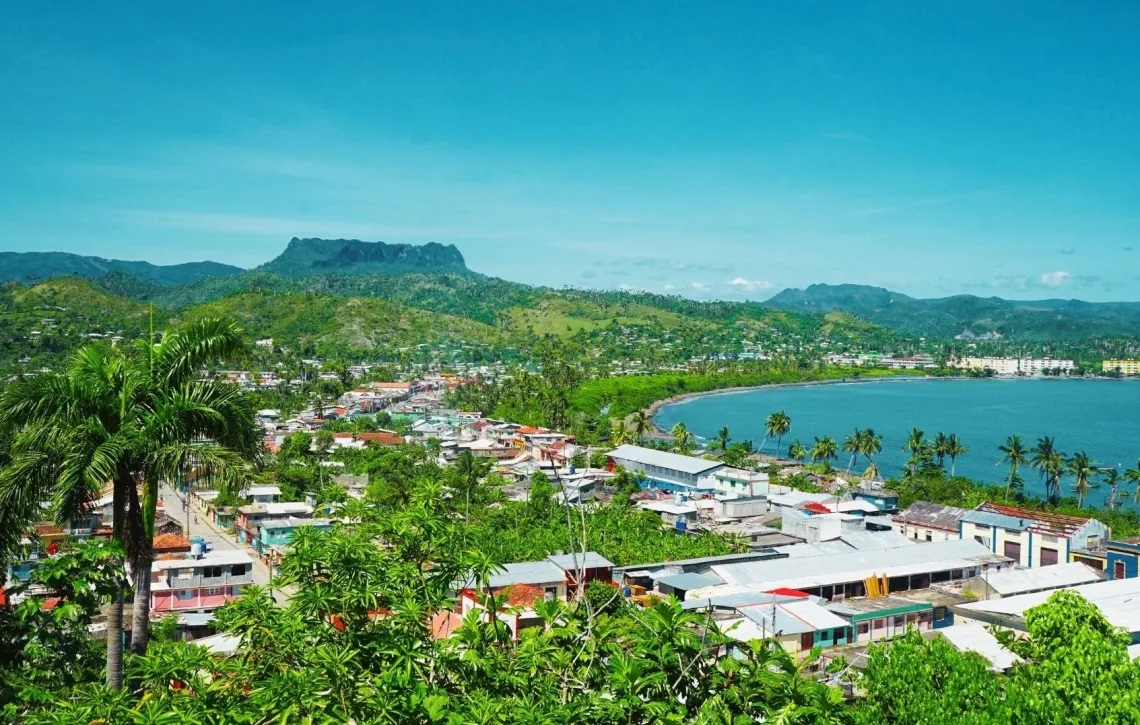
San Salvador de Bayamo
Founded: November 5, 1513
Location: Granma Province
The city was established in an area of great strategic and economic importance during the Spanish colonization. It would later become an important center during the Cuban wars of independence, especially the Ten Years’ War (1868-1878) and the War of ’95 (1895-1898). It was the first territory in the country to declare its independence from Spain on October 10, 1868.
Once in the city, you can also access the province’s major attractions, including Céspedes Park, the San Salvador Parish Church, the Bayamés Promenade, the House of Tomás Estrada Palma (who was the first president of the Republic of Cuba), the Tower of San Juan Evangelista, the Cupaynicú Botanical Garden, and Dos Ríos (site where National Hero José Martí fell in combat).
There are also the Great Sierra Maestra National Park and the General Command of La Plata (key to the history of the Cuban revolution), and natural spaces such as the Desembarco del Granma National Park, Cabo Cruz, and the El Guafe Archaeological Natural Trail.
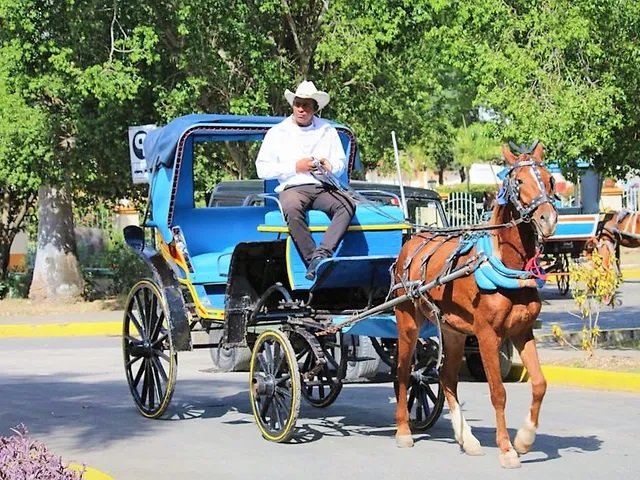
Santa María del Puerto Príncipe (Camagüey)
Founded: February 2, 1514
Location: Camagüey Province
Puerto Príncipe, today known as Camagüey, is famous for its labyrinth of streets and squares. The city was relocated several times due to bloody rebellions until 1528, when it settled on its current site. It wasn’t until 1903 that it began to be called Camagüey.
Due to a water shortage, the inhabitants of Camagüey, known as Agramontinos, named after the guerrilla fighter born here, had to build clay pots to collect rainwater. The huge clay pots are now a symbol of the city.
The city is rich in baroque churches and gilded altars, such as the Cathedral of Our Lady of Candelaria and the Church of Our Lady of Mercy.
There are also cultural sites such as the San Juan de Dios Museum, located in a former hospital; Plaza del Carmen; Ignacio Agramonte Park; the birthplace of independence hero Ignacio Agramonte; the birthplace of Carlos J. Finlay, renowned for his research on yellow fever; and the birthplace of Nicolás Guillén, one of Cuba’s most important poets.
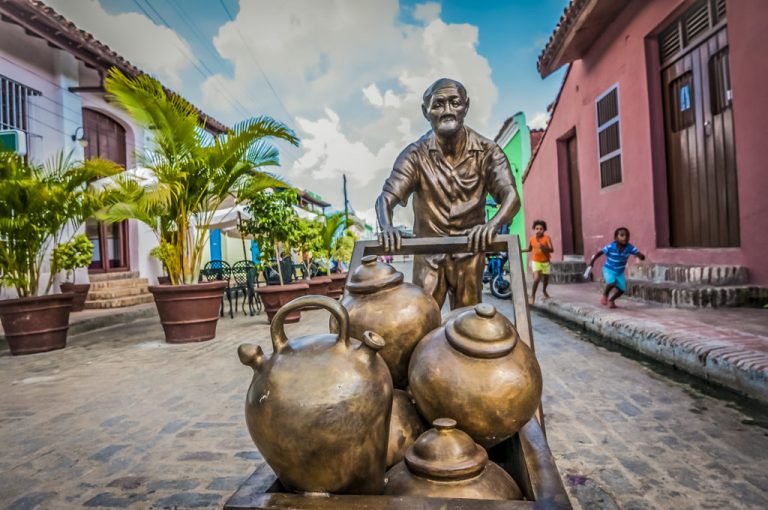
Santísima Trinidad or La Trinidad
Founded: 1514
Location: Sancti Spíritus Province
Trinidad, a World Heritage Site, is known for its well-preserved colonial architecture. Strolling through its cobblestone streets is like stepping back in time. The Plaza Mayor, surrounded by historic buildings, is the heart of the city.
The city has around 50 mansions and countless buildings worth admiring, such as the Parochial Church of the Holiest Trinity; the Romantic Museum located in the Brunet Palace; the House-Temple of Yemayá; the Museum of Colonial Art; the Casa de la Trova; and the History Museum, located in the Cantero Palace. Among many other places of interest that are sure to captivate visitors.
It boasts beautiful squares, such as the well-known Plazuela Las Tres Palmitas or the famous Plaza de Santa Ana, located in the historic center of the city, just 500 meters from the Plaza Mayor. It was the main access point to the Valle de los Ingenios (Sugar Mill Valley), where the Manaca-Iznaga Tower stands out, which was used to control slaves on the sugar plantations.
The Topes de Collantes Natural Park stands out among the natural surroundings.
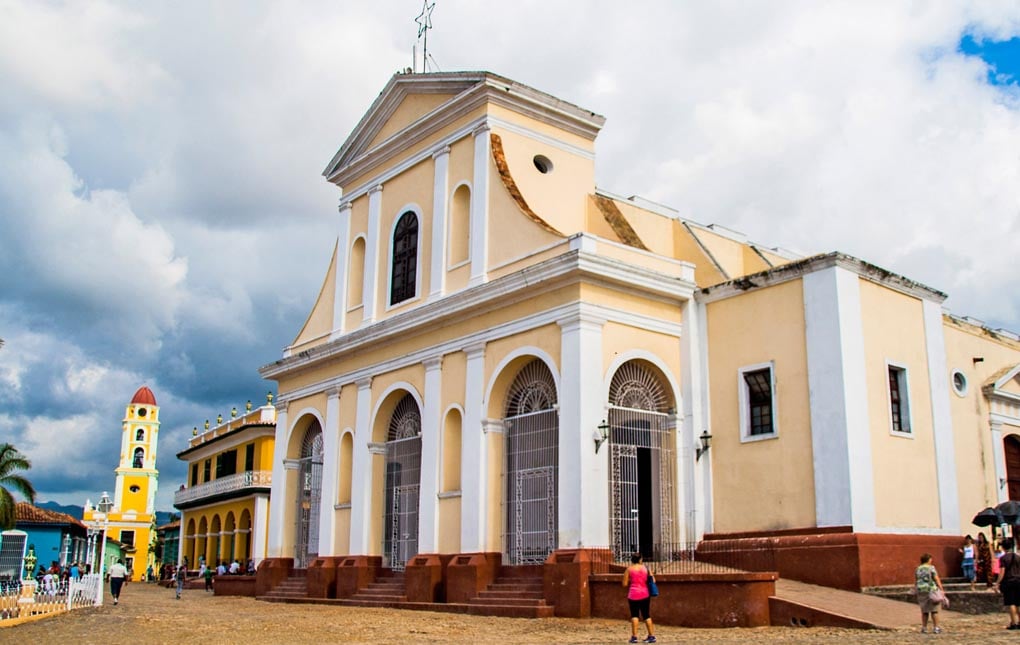
Sancti Spíritus
Founded: June 4, 1514
Location: Sancti Spíritus Province
Settled on the banks of the Yayabo River, it was founded on June 4, 1514, by Diego Velázquez de Cuéllar, about 8 kilometers from its current location. In 1522, it was moved to its current location on the banks of the Yayabo River. It was the departure point of the Spanish conquest of Yucatán.
Among the sites worth visiting are the Yayabo River Bridge, the Major Parish Church, Serafín Sánchez Park, the Rubén Martínez Villena Provincial Library, Cayo Blanco or Cayo Ernest Thaelmann, Caguanes National Park, and the Banao Heights.
Among the museums, the Colonial Art Museum, the Serafín Sánchez Valdivia Birthplace, the Nature and Man Foundation, and the Provincial History Museum are not to be missed.
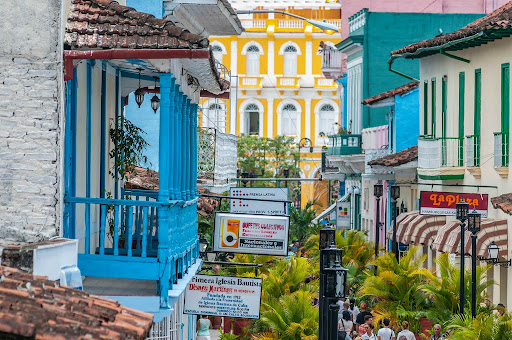
Santiago de Cuba
Founded: July 25, 1515
Location: Santiago de Cuba Province
Santiago is the birthplace of Cuban music and the revolution. Deeply connected to the Cuban identity, it is possible to visit the Museum of Cuban Historical Environment, located next to Céspedes Park and very close to the Cathedral of Our Lady of the Assumption, the Balcón de Velázquez, and the House of the Spanish conquistador Diego Velázquez, which will facilitate a deeper understanding of the roots of the colonial era.
The beautiful Bay of Santiago de Cuba is another very attractive site, especially when you know that the first African slaves arrived on the island through it, bringing with them many of the traditions that are still preserved in this region of the country through institutions such as the Casa del Caribe and the Casa de las Religiones Populares.
From a natural perspective, visitors can delight in the climbs of Turquino Peak and the Gran Piedra; or enjoy the landscapes from Cayo Granma and the San Pedro de la Roca Castle, declared a World Heritage Site by UNESCO in 1997.
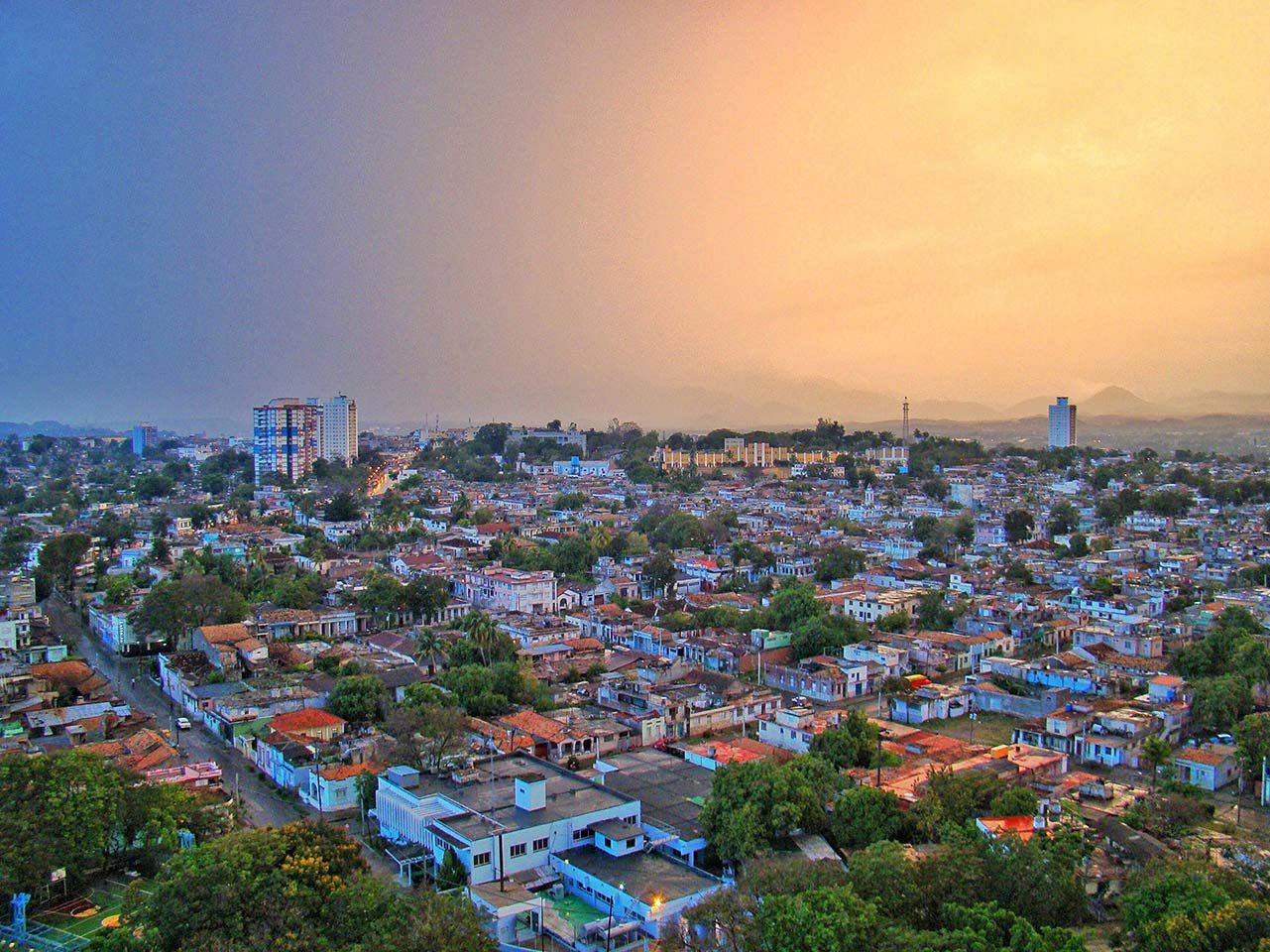
San Cristóbal de La Habana
Founded: November 16, 1519
Location: Havana Province
The villa was initially established at the mouth of the ancient Mayabeque River on July 25 (Saint Christopher’s Day) in 1515. However, it wasn’t until November 16, 1519, that the first mass and town council were held, marking the foundation of the villa of San Cristóbal de La Habana.
Today, Cuba’s capital is a world-renowned tourist destination. Its Historic Center, declared a World Heritage Site, is full of life, with bustling streets, museums, and cafes. It is also famous for its vibrant nightlife and music, which can be enjoyed on every corner.
The Morro Castle Fortress and the Malecón are iconic landmarks. In Old Havana, declared a UNESCO World Heritage Site, highlights include the City Museum, the Museum of Colonial Art, the Plaza de Armas, the Cathedral of San Cristóbal de La Habana, the Convent of San Francisco de Asís, and the Castillo de la Real Fuerza.
Other sites of interest in the city include the National Capitol of Cuba, the National Museum of Fine Arts, the Museum of the Revolution, the Rum Museum and the Tobacco Museum, and the iconic Havana Pharmacy Museum and Automobile Museum.

San Juan de los Remedios
Founded: June 24, 1515
Location: Villa Clara Province
San Juan de los Remedios is known for its rich cultural tradition and colonial architecture. It is a very peaceful place, a peace shattered during the popular Las Parrandas festival, where euphoric locals compete with each other with floats, fireworks, and dance competitions.
The small city reveals numerous buildings from the 18th and 19th centuries to visitors; it also has the only plaza in the country with two churches: Nuestra Señora del Buen Viaje and the Parroquial Mayor de San Juan Bautista.
Other sites of interest include the Rubén Martínez Villena Theater, the Alejandro García Caturla Music Museum, the Remedios Parrandas Museum, and the Francisco Javier Balmaseda Municipal Museum.
Its proximity to the beaches of Cayo Santa María makes Remedios an excellent starting point for enjoying the sun and sea.
